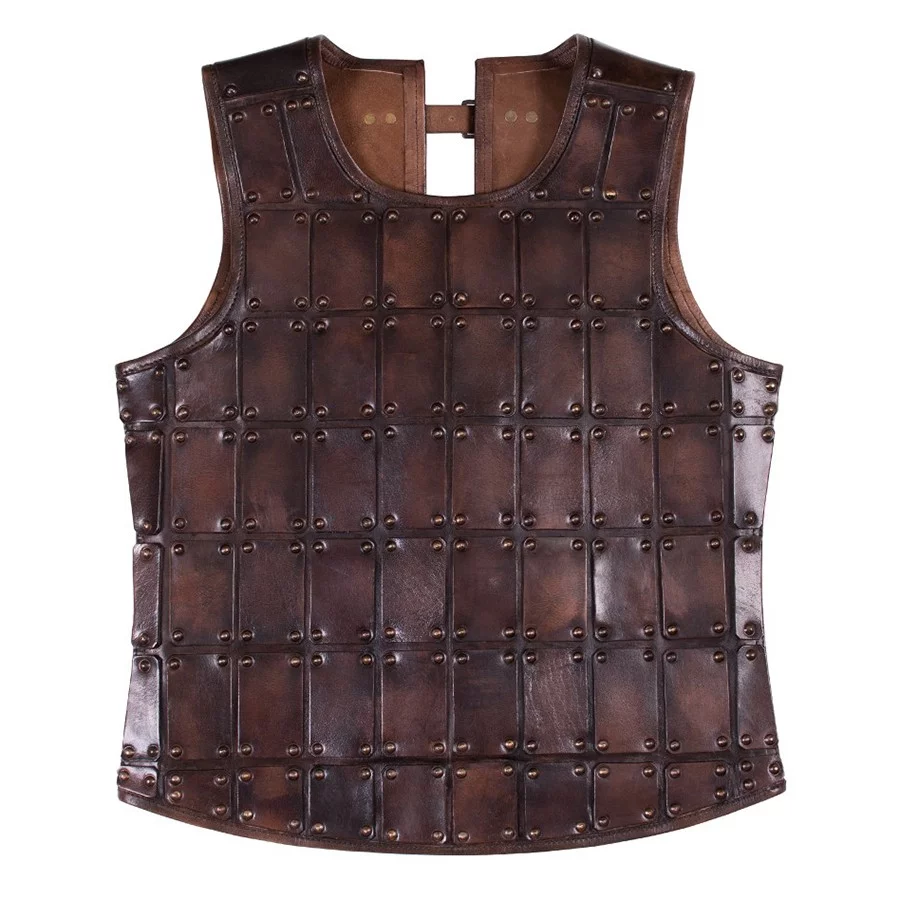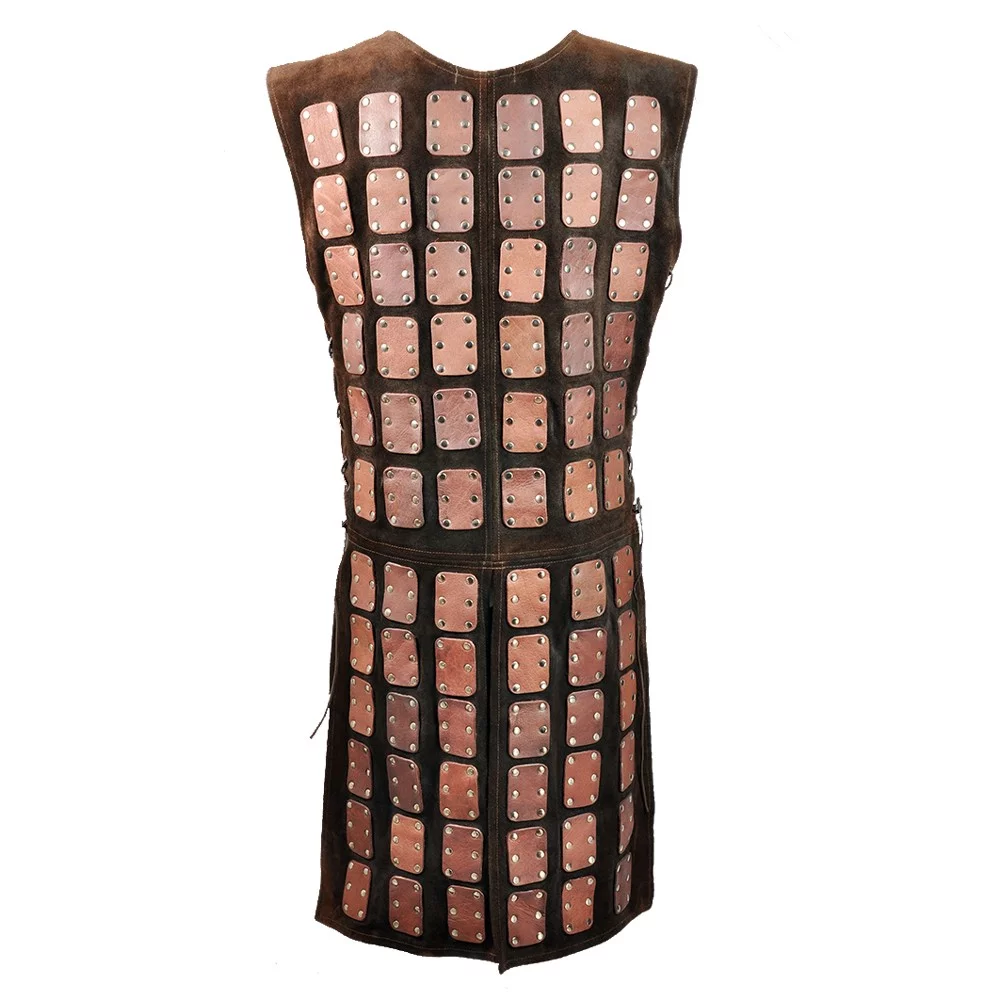What is a Brigantine?
The brigantine is a type of armor that was used mainly between the 14th and 16th centuries. Its innovative design and flexible construction make it an interesting option for understanding the evolution of defensive clothing in military history.
A brigantine is characterized by being composed of:
- Small plates of steel or iron arranged in the form of scales.
- The plates are attached to a sturdy fabric base, whether canvas or leather, by means of rivets.

This type of armor differed according to its use:
- War brigantines were fastened around the chest, providing protection in direct combat.
- Tournament brigantines were fastened on the right side, allowing for a more ritualized combat style.
Among the main advantages of the brigantine are:
- Effective protection: Its plate design provides solid defense against cutting and blunt weapons.
- Mobility: Unlike heavier armors, the brigantine offered greater freedom of movement, facilitating dynamic maneuvers in combat.
- Affordable cost: It was a more economical alternative for those who could not afford full plate armor, making it popular among various social strata.

The brigantine also provided an attractive aesthetic aspect:
- The metal plates were integrated into a colored jacket, which concealed their defensive function and presented a more civilian or elegant appearance.
- It was possible to customize colors and designs, which could have heraldries or identification meanings.
It became a popular choice among soldiers of both infantry and cavalry, adapting to the specific combat styles and climatic conditions of regions such as Spain and Italy.
Therefore, the brigantine was not only an effective protective tool but also a symbol of sophistication in medieval armor design. With the right balance between resistance and mobility, it remained a preferred choice for many warriors of the time.

















